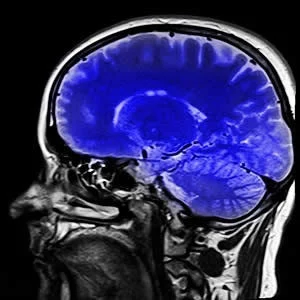Researchers have developed a novel method to automatically assess the quality of structural magnetic resonance brain images using a multivariate classifier. An article published in the journal Frontiers in Neuroinformatics says the new technique uses a multidimensional machine-learning algorithm based on automated regional extracted features to automate quality assessment of structural MRI.
See Also: MRI Improves Diagnosis of Fetal Brain Abnormalities
The present study is one of the first efforts to apply a support vector machine (SVM) algorithm in the quality assessment of structural brain images, using global and region of interest (ROI) automated image quality features, according to researchers. SVM is a supervised machine-learning algorithm that can predict the category of test datasets based on the knowledge acquired from a learning dataset.
Compared to a univariate quality assessment approach that generates a single number, the new approach is more informative as it provides details that categorise, localise and quantify the extent of noise in the data.
"By breaking the problem down into smaller problems, features have been developed that individually quantify each of the artefacts that can be used as inputs into the SVM classifier," the authors explain. "These parameters are key tools for assessing the quality of 3D-MRI in a neuroimaging database where the brain images are indexed and can be queried according to the different types of artefacts."
High-resolution three-dimensional magnetic resonance imaging (3D-MRI) is being increasingly used to delineate morphological changes underlying neuropsychiatric disorders. Unfortunately, artefacts frequently compromise the utility of 3D-MRI yielding irreproducible results, from both type I and type II errors. It is therefore critical to screen 3D-MRIs for artefacts before use.
Currently, quality assessment involves slice-wise visual inspection of 3D-MRI volumes, a procedure that is both subjective and time consuming. Automating the quality rating of 3D-MRI could improve the efficiency and reproducibility of the procedure.
The present study assessed the performance (accuracy) of the automated SVM approach by comparing the SVM-predicted quality labels to investigator-determined quality labels. "The accuracy for classifying 1,457 3D-MRI volumes from a database using the SVM approach is around 80 percent. These results are promising and illustrate the possibility of using SVM as an automated quality assessment tool for 3D-MRI," the authors say.
Source: Frontiers in Neuroinformatics
Image Credit: Public Domain Images
References:
Pizarro RA, Cheng X, Barnett A, Lemaitre H, Verchinski BA, Goldman AL5, Xiao E, Luo Q, Berman KF, Callicott JH, Weinberger DR, Mattay VS (2016) Automated quality assessment of structural magnetic resonance brain images based on a supervised machine learning algorithm. Front Neuroinform, 10:52. doi: 10.3389/fninf.2016.00052. eCollection 2016.
Latest Articles
3D-MRI, brain images, structural MRI, quality assessment tool
Researchers have developed a novel method to automatically assess the quality of structural magnetic resonance brain images using a multidimensional machine-learning algorithm based on automated regional extracted features to automate quality assessment o






